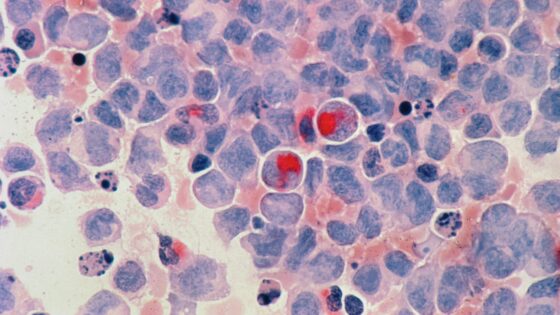There’s a science to all things, including steak.
Now I’ll admit, I’m more of a ground beef guy than steak. That being said, there is definitely something aesthetically pleasing about a thick, juicy steak right off the grill. But have you ever stopped to ask yourself what that juice is? It ain’t blood, thank goodness, but rather a complicated chemical reaction taking place right under the meat’s surface. Just for scientific giggles, Popular Science did an in-depth look on this funny little fact of nature.
Here’s how it works: the juice from a steak is actually combination of internal water, gelatin from bones, and melted fat. Living beings are composed of mostly water, which is good, because that water content keeps the meat tender. When you put salt (or sodium chloride) on a steak before throwing it on the grill, it breaks down into charged ions. These ions squeeze in between the fibers of the meat and attract water molecules, while simultaneously widening the meat’s fibers allowing more molecules in. This makes the meat extra tender.
Meat contracts when exposed to heat because the water molecules are being squeezed out. That’s why the juice comes out; as the meat’s fibers lengthen and shrink, the water molecules gathered up by the salt, as well as some other assorted minutiae that were hanging around in there, are forced out of the surface. Don’t brush all the juice off, or the steak will get all dry and wrinkly like a skinny dude at the beach. PopSci recommends letting the meat rest about ten minutes before slicing it, so any juice left on the surface has a chance to re-enter the meat fibers and start that little reaction again.
And there you have it, the science of steak. I like mine with mustard.































